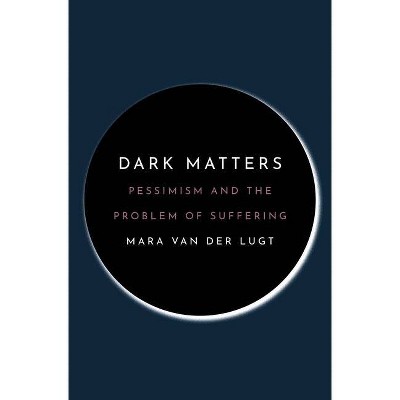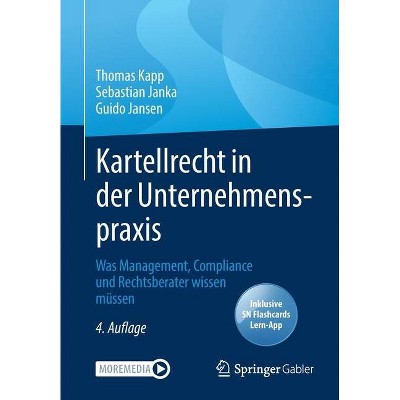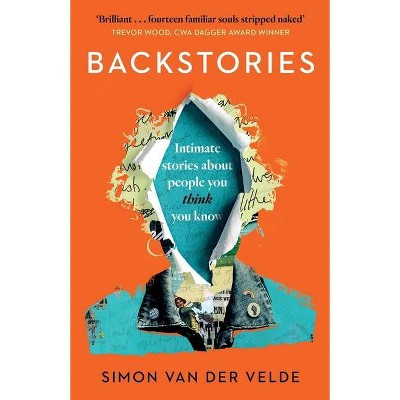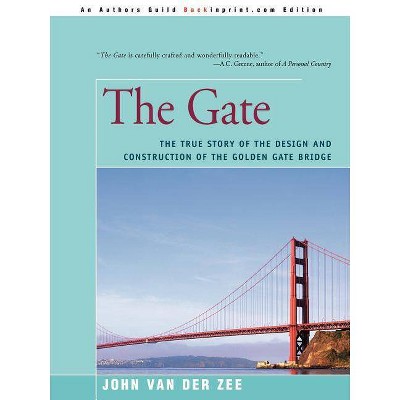Size Matters - (Histoire) by Federico Buccellati & Sebastian Hageneuer & Sylva Van Der Heyden & Felix Levenson (Paperback)
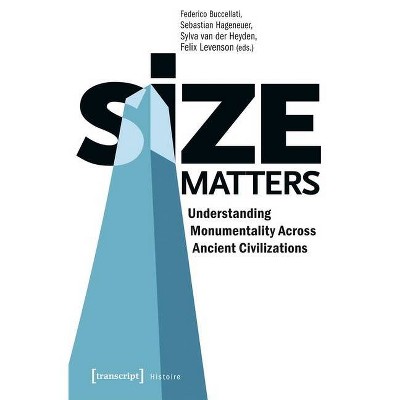
Similar Products
Products of same category from the store
AllProduct info
<p/><br></br><p><b> About the Book </b></p></br></br>Bringing together researchers from fields such as archaeology, museology, history, sociology, Mesoamerican studies, and art history, this volume discusses terminological and methodological approaches to momumentality in both theoretical contributions and case studies.<p/><br></br><p><b> Book Synopsis </b></p></br></br><p>When talking about monuments, size undeniably matters - or does it? But how else can we measure monumentality? Bringing together researchers from various fields such as archaeology, museology, history, sociology, Mesoamerican studies, and art history, this book discusses terminological and methodological approaches in both theoretical contributions and various case studies. While focusing on architectural aspects, this volume also discusses the social meaning of monuments, the role of forced and free labor, as well as textual or inscriptual monumentality. The result is a modern interdisciplinary take on an important concept which is notoriously difficult to define.</p><p/><br></br><p><b> About the Author </b></p></br></br>Federico Buccellati, Near Eastern Archaeologist, is a researcher at the Freie Universität Berlin as well as at the Alexandria Archive Institute. He has served as Field Director of the Mozan/Urkesh Archaeological Project since 2008 and is vice-director of the International Institute for Mesopotamian Area Studies (IIMAS). His research interests lie in third and second millennium Syro-Mesopotamia, particularly architecture and the archaeological record, as well as theoretical and digital aspects of archaeology. <p/>Sebastian Hageneuer, Near Eastern Archaeologist, works as a research assistant at the Archaeological Institute at the Universität zu Köln. In 2010, he received his degree in Near Eastern Archaeology. Since 2013, he has been part of a research group that focuses on the significance of size in the architecture of the ancient Near East. <p/>Sylva van der Heyden is an art historian with special interests in the art of the eighteenth and nineteenth centuries and its reception history, graphic prints, and objects made with uncommon materials. Since 2013 she has been part of a research group within the Excellence Cluster TOPOI (Berlin) focusing on the topos of ancient Rome. <p/>Felix Levenson, Near Eastern Archaeologist, studied religious studies and near eastern archaeology at the Freie Universität Berlin. He has done fieldwork in Syria, Jordan, Azerbaijan, Saudi Arabia, and Iraq. His research interests range from architectural energetics and pottery technology to social archaeology.
Price History
Price Archive shows prices from various stores, lets you see history and find the cheapest. There is no actual sale on the website. For all support, inquiry and suggestion messagescommunication@pricearchive.us
